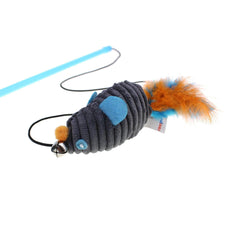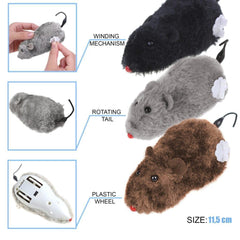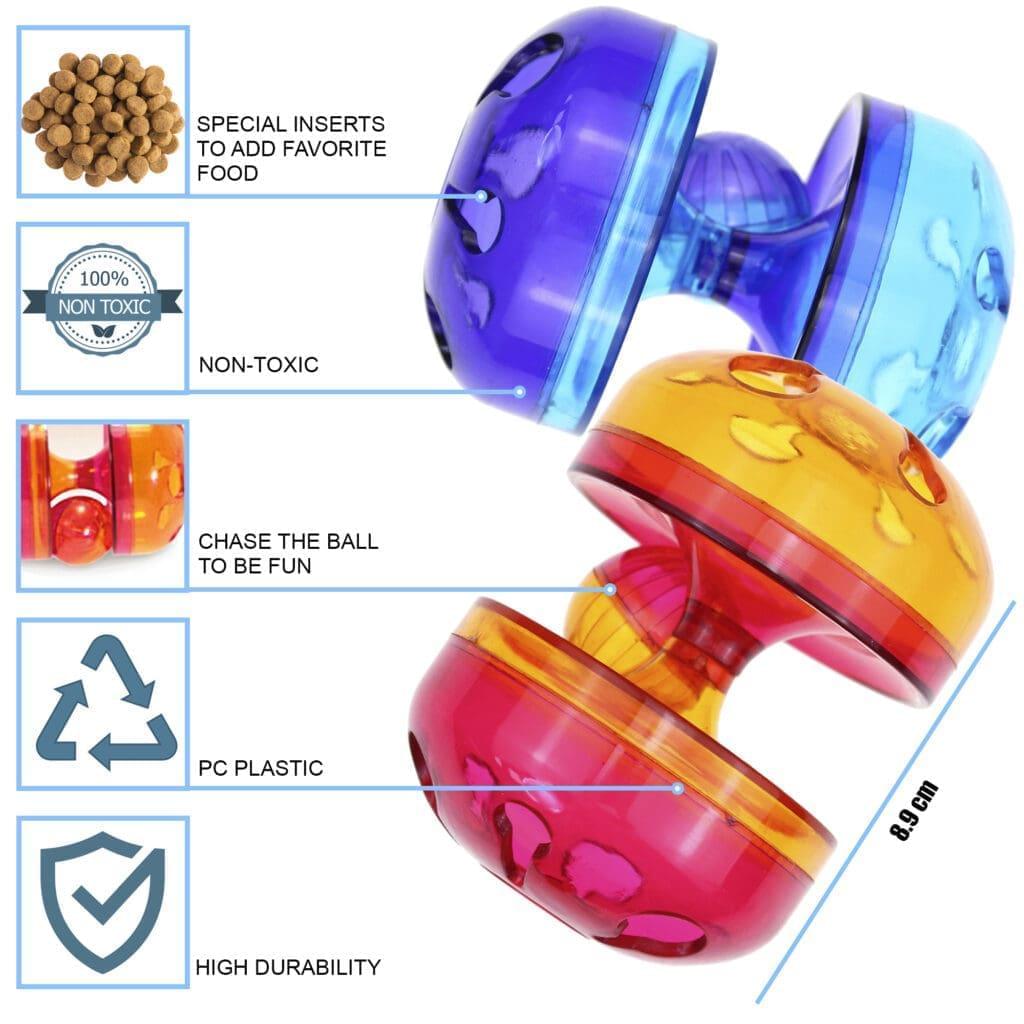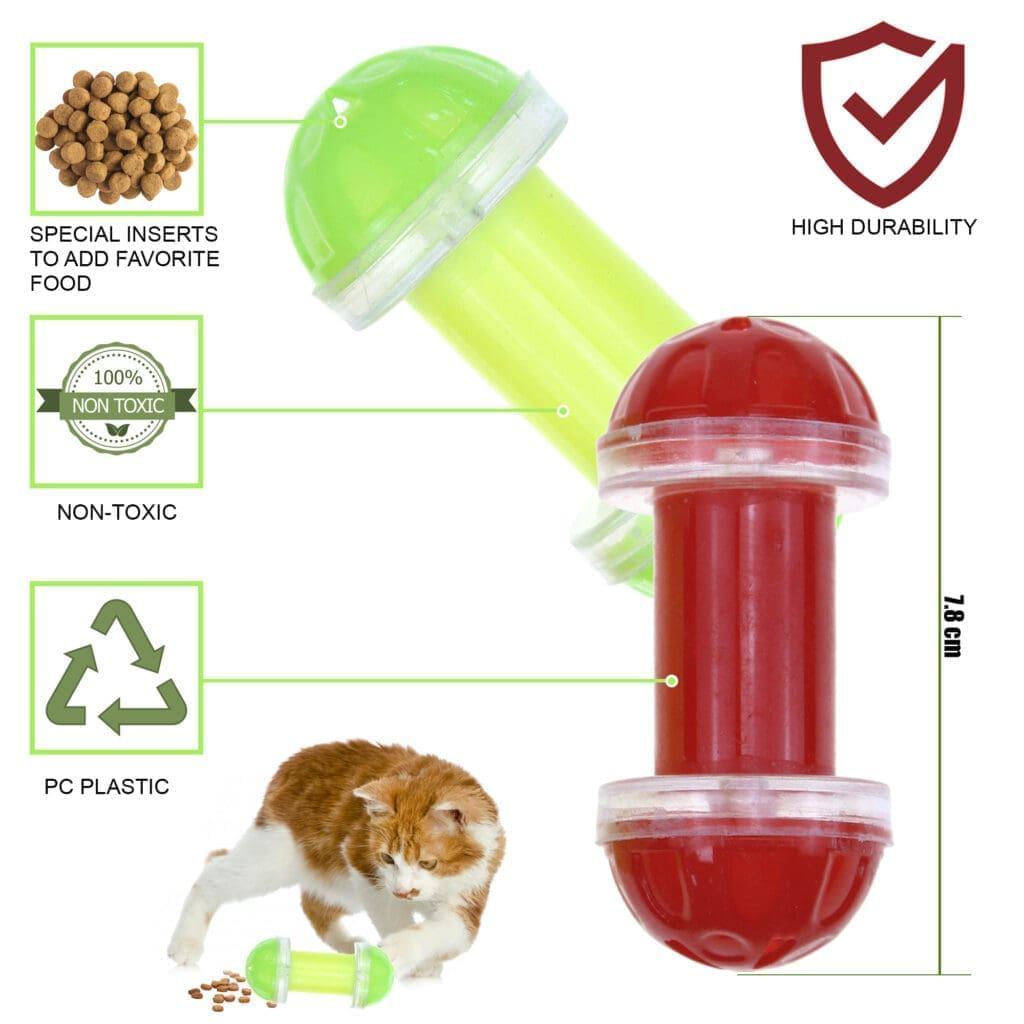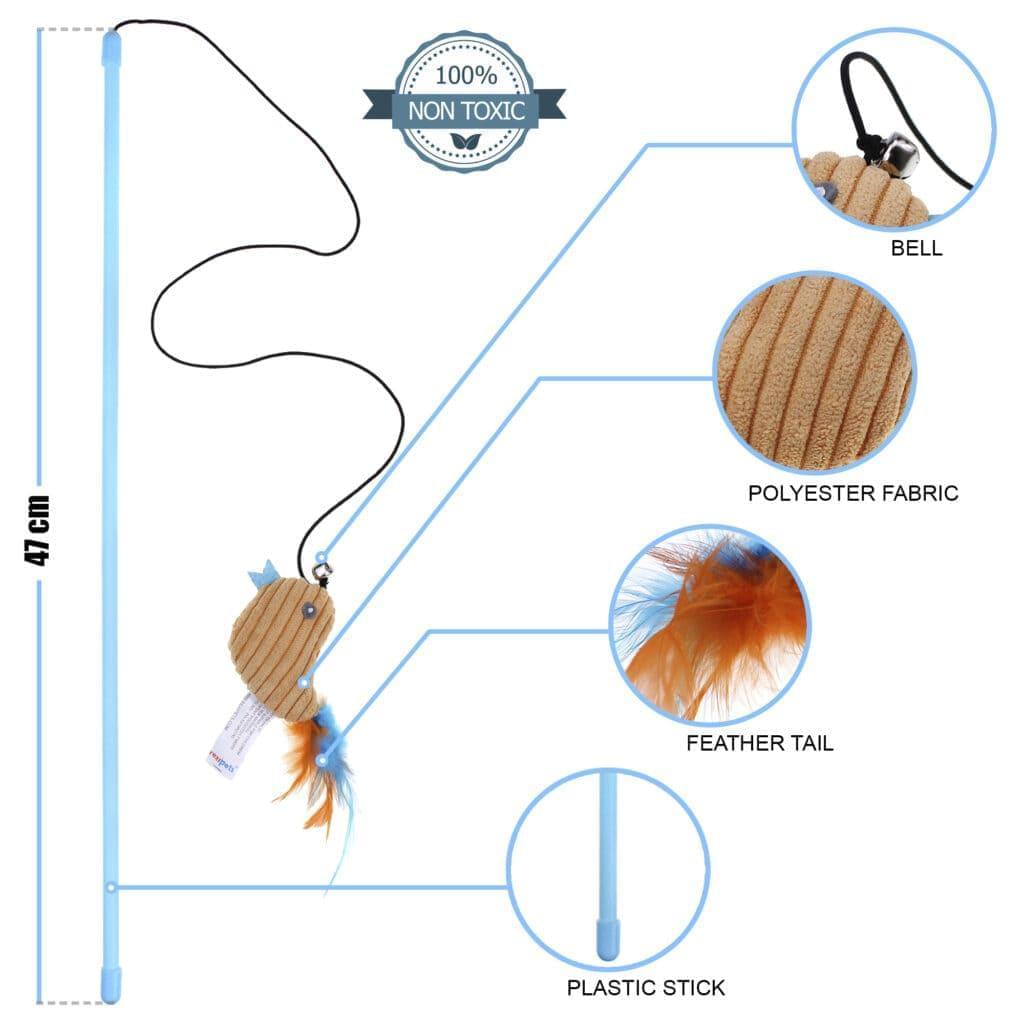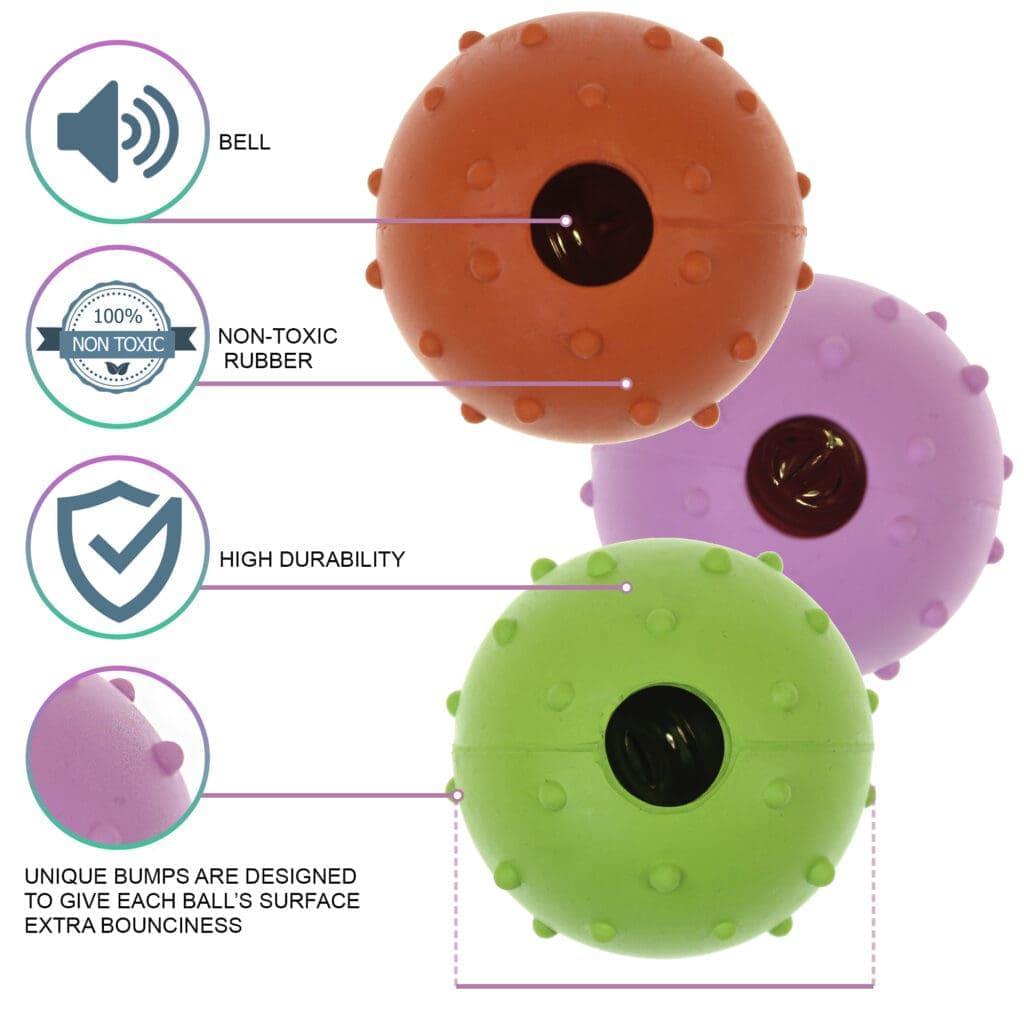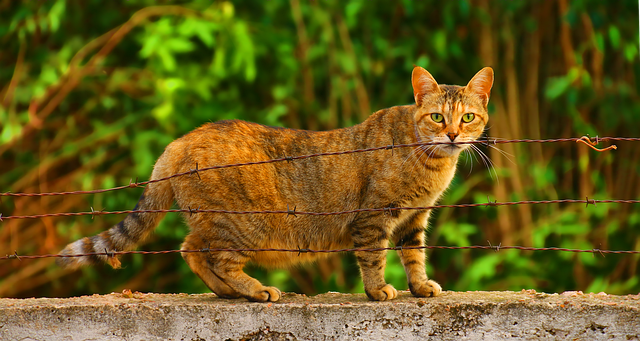
Are you a cat parent who is constantly worried about your female cat's well-being? Do you want to know everything you can about the anatomy of your female cat during pregnancy?
Well, you are in the right place! Today, we have compiled a guide on pregnant cat nipples and generally all you have to know about them.
In this article, we'll cover the differences between pregnant cat nipples vs. normal cat nipples. Plus, we'll give a general overview of the changes that occur in cat nipples throughout their pregnancies.
Whether you're an experienced cat owner or just curious about nature's wonders, there's something here for everyone. So, put your feet up, grab some coffee, and brace yourself to make some mental notes of the changes your cat's body will go through during its pregnancy.
So, without any further ado, let's dive into the world of pregnant cat nipples and discover the beauty of motherhood channeled by your cat.
Pregnant Cat Nipples vs Normal Cat Nipples
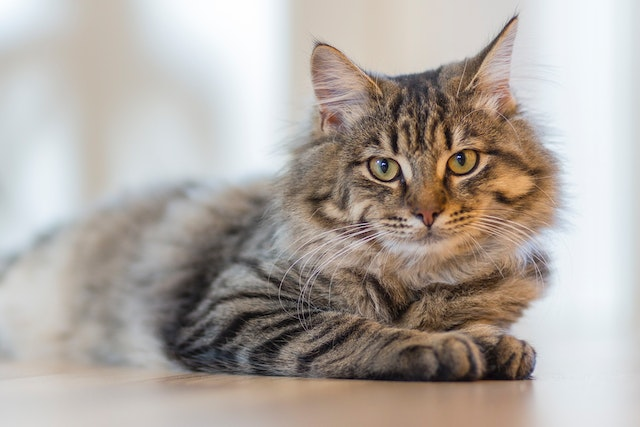
After around 15-18 days of cat pregnancy, you’ll notice that your furry friend’s nipples are red and enlarged. This is the pinking-up stage. Just like humans face morning sickness, your furball queen, will also go through this stage of vomiting.
Here is a table that'll help you understand the difference between pregnant cat nipples and normal ones.
| Normal Nipples | Nipples in Early Pregnancy | Nipples in Late Pregnancy | Nipples After Birth | |
| Size | Small | 2-3 times bigger | 4 times bigger | Plump and big |
| Color | Skin | Pink | Dark pink | Dark Pink |
| Discharge | No | No | Clear or milky discharge | Large quantity of milk |
| Surrounded area | Has fur around it | Hairless patch increasing in size | Hairless patch is bigger | Spread |
To summarize, pregnant cat nipples change significantly compared to normal cat nipples. They become bigger, turn pink, and get ready to provide milk for the kittens. Normal cat nipples are smaller and less noticeable. And they are not active unless the cat becomes a mom. Pregnant cat nipples play a crucial role in caring for the kittens after birth.
Overview of Pregnant Cat Nipples
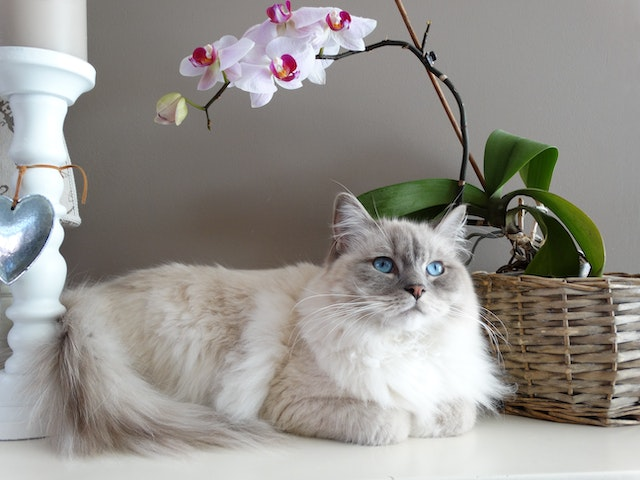
Okay, now that you know the difference between normal and pregnant nipples, let's have an in-depth review of pregnant cat nipples.
-
Early pregnancy
Suppose you're curious about how cat nipples look in the early stages of pregnancy. In that case, it's best to wait until the second week when you'll notice significant changes. One of the most noticeable changes is the "pinking-up" stage, where the nipples, which were once skin-toned, gradually become darker pink over time.
During this stage, it's an ideal time to observe your cat's nipples. You will see them swell, enlarging about 2 to 3 times their normal size. And you'll also notice that the hairless skin patch around each nipple becomes more prominent.
It's important to note that during this early stage, there shouldn't be any lactation happening yet. Suppose you notice a fluid discharge from your cat's nipples when she's around 3 weeks pregnant. In that case, it's essential to consult your veterinarian.
While some slight discharge can be normal during pregnancy, it's always better to have a professional check to ensure there are no severe issues.
Keeping a watchful eye on her health and any unusual signs will help ensure a smooth and healthy pregnancy for both the mama cat and her soon-to-arrive kittens.
-
Late pregnancy
During the later stages of pregnancy, a pregnant cat's nipples undergo significant changes. They grow larger and appear darker in color. At the same time, the skin patch around them also develops, making the entire nipple area more noticeable than ever before.
As the pregnancy approaches its final 10 to 14 days, some cats may experience a discharge from their nipples. The amount and color of the discharge varies between cats. This discharge is a positive sign, indicating that the cat's mammary system is fully prepared to nurse the kittens once they are born.
The appearance of the discharge signals that the cat's body has reached its peak in readiness for motherhood. The mammary glands are now fully developed and ready to provide the essential milk required for the kittens' nourishment and growth after birth.
These changes in the pregnant cat's nipples and mammary system demonstrate the remarkable nature of feline biology in preparing for the arrival of the new litter. It's crucial to ensure that the expectant cat receives proper care and attention to support her well-being and that of her soon-to-arrive adorable kittens.
-
After pregnancy
After giving birth, a female cat produces milk to nourish her little ones. This process stimulates the nipples, causing them to become even larger and appear full.
As the mother cat walks around, you may also notice her nipples hanging down due to the weight of her milk. Throughout the nursing period, the nipples remain swollen and maintain a reddish or pinkish color.
But as the kittens slowly wean off their mother's milk and start eating solid food, the mother's nipples will slowly return to their normal size and appearance. However, in some female cats, the nipples may not fully shrink back to their pre-pregnancy size. Instead, they remain slightly enlarged and more visible even after the nursing period is over.
There is variation in how the nipples respond post-pregnancy. This is a natural occurrence and nothing to be too concerned about. Every cat's body is unique, and these changes are a testament to the individuality of each feline mother. As long as the mother cat and her kittens are healthy and thriving, there's no need to worry about the size of her nipples.
Overview of Normal Cat Nipples
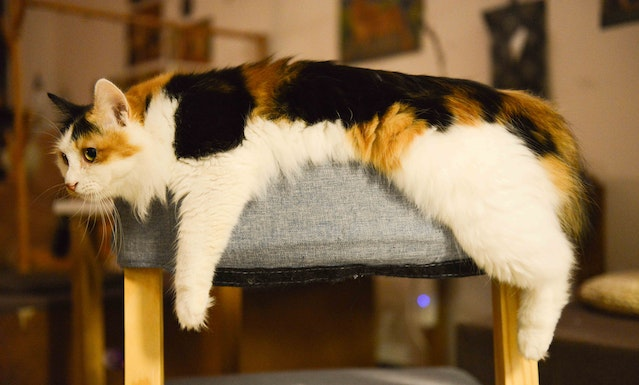
Both female and male cats' nipples are connected to a dedicated mammary gland responsible for producing milk when needed. However, milk production only occurs when a female cat becomes pregnant and the mammary glands prepare to nurture her future kittens. Male cat nipples are not designed to produce milk.
Every mammary gland is connected to a small duct. That duct delivers milk through a canal, eventually releasing it from the nipple. This process ensures that the kittens receive the necessary nourishment from their mother during the early stages of life.
In non-pregnant cats, their nipples are typically small and firm, not easily noticeable unless deliberately looked for. Sometimes, a small bare skin area may be visible around each nipple. Still, the only visible part often is the small nipple itself, which may resemble a wart. In cats with long and thick fur, finding the nipples might require gentle palpation as they tend to be hidden within the fur.
Understanding the normal appearance and function of cat nipples is essential for cat owners, allowing them to recognize any changes or potential health issues that may arise in their feline companions. Monitoring the nipples can help ensure the overall health and well-being of cats, especially during pregnancy and nursing periods.
Final Words!
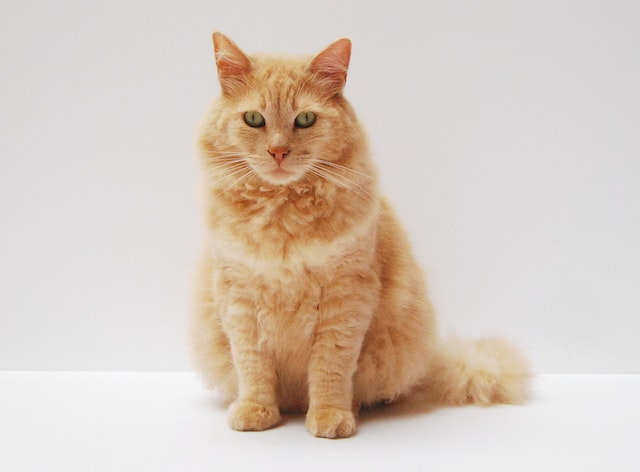
Pregnancy in cats is a beautiful phenomenon to witness as a cat parent. Diving into the world of pregnant cat nipples is an eye-opening and fascinating journey. These small body parts undergo remarkable transformations during pregnancy, showcasing feline biology's incredible adaptability and intricacies.
Throughout the stages of pregnancy, a cat's nipples undergo significant changes, including enlargement, darkening of color, and the development of milk-producing glands. These alterations are all vital preparations for their crucial role in nurturing and providing essential nutrients to newborn kittens after birth.
Moreover, understanding the differences between pregnant and normal cat nipples allows us to appreciate the wonders of motherhood in our feline friend.
FAQs
Do cats' nipples go back to normal after pregnancy?
In many cases, yes, a female cat's nipples do go back to a somewhat normal appearance after feline pregnancy and nursing. After giving birth and nursing her kittens, the mother cat's mammary glands will gradually stop producing milk as the kittens start weaning and eating solid food.
However, it's essential to note that not all cats will have their nipples return to exactly how they were before pregnancy. In some female cats, the nipples may remain slightly enlarged or more visible even after nursing.
How can I tell if my cat is pregnant?
To tell if your cat is pregnant, look for signs like weight gain, altered appetite, morning sickness, lethargy, a swollen belly, and enlarged and pinker nipples. Figuring out Early Signs a Cat is Pregnant will help you provide them the care they need. A veterinarian can confirm the pregnancy and adequately care for your expecting cat. They can also confirm how many kittens you'll have. Once you know the number, you can prepare for the unborn kittens as well.








